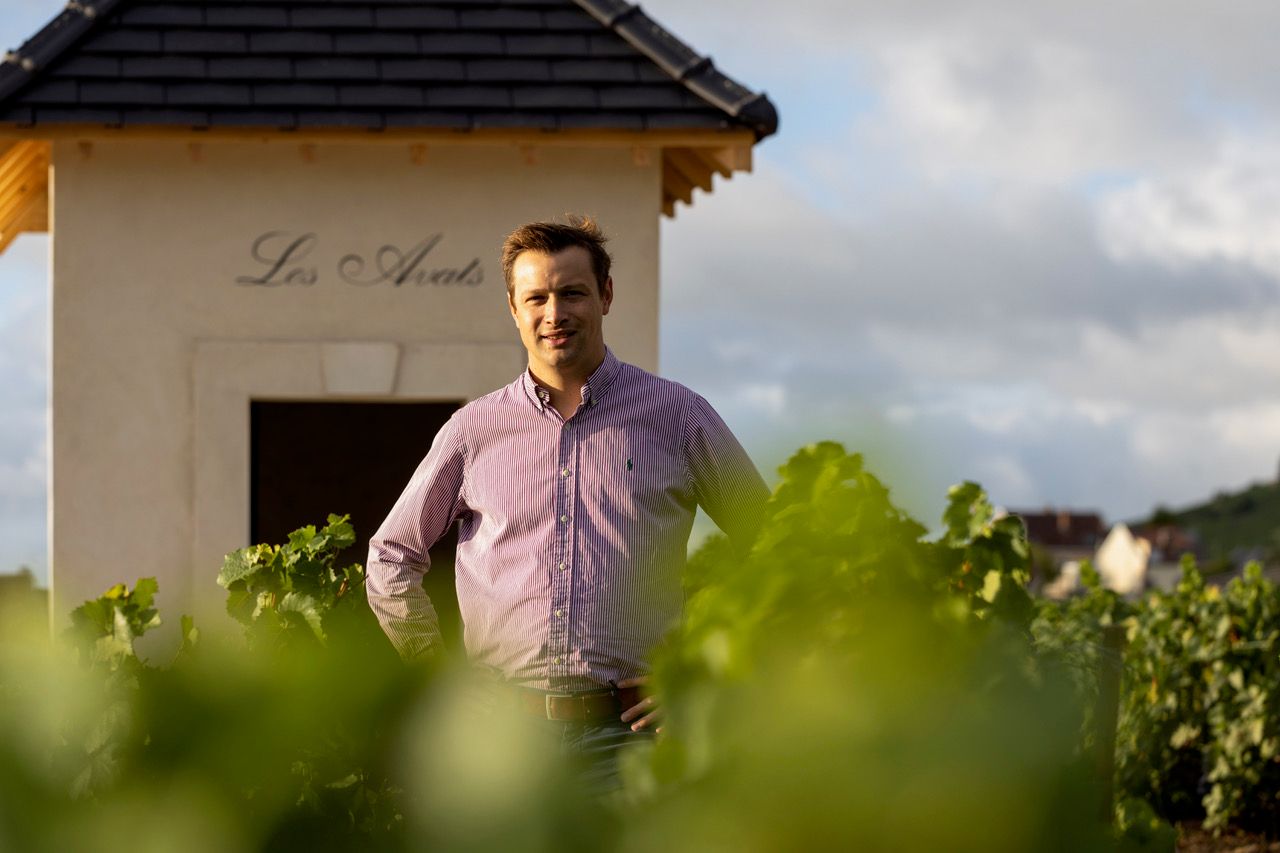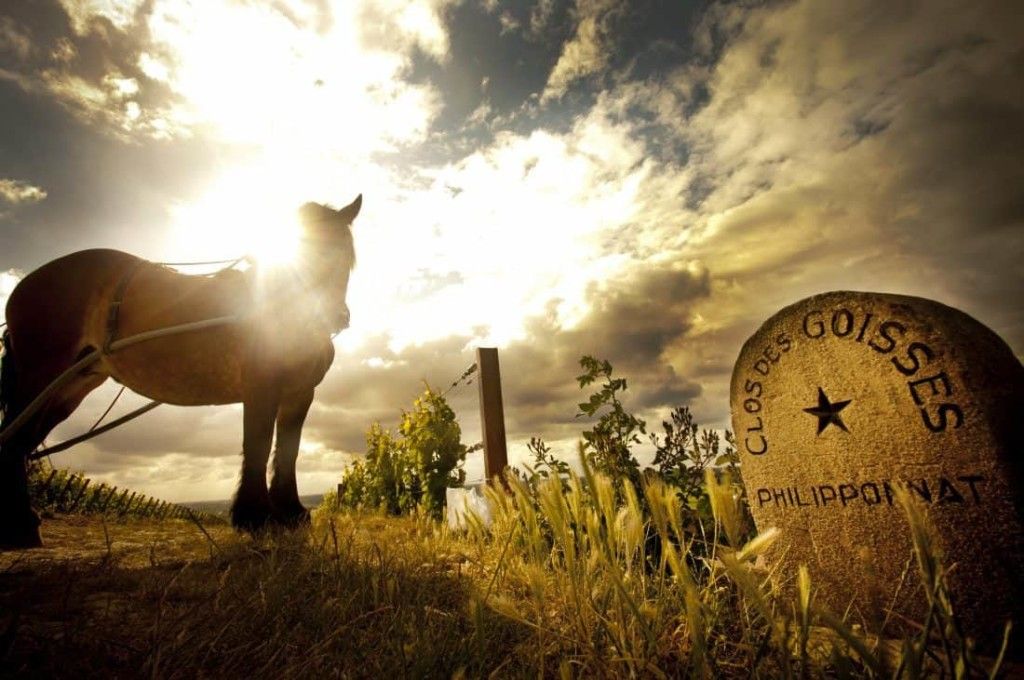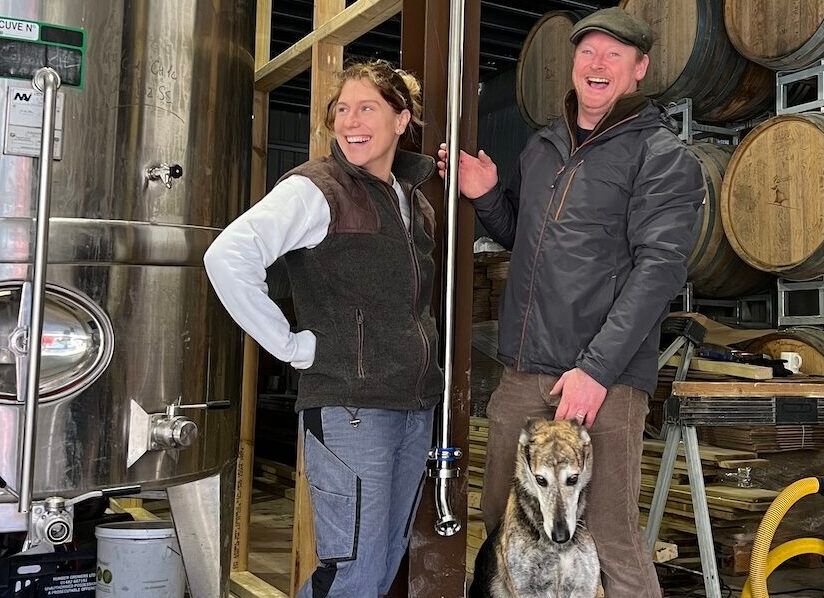In early September, Charles Philipponnat was in town to give a preview tasting of the Champagne Philipponnat wines that will be released later this year – ready for shipment in January 2025.
Apart from the 2015 vintage of the famous Clos des Goisses – the first ever single-vineyard Champagne first made in 1935 – he also showed the 2014 Clos des Goisses Juste Rosé, two single parcel wines from 2015, La Rémissonne and Le Léon, as well as the late-disgorged 1999 Clos des Goisses LV – always released 25 years after the original harvest.
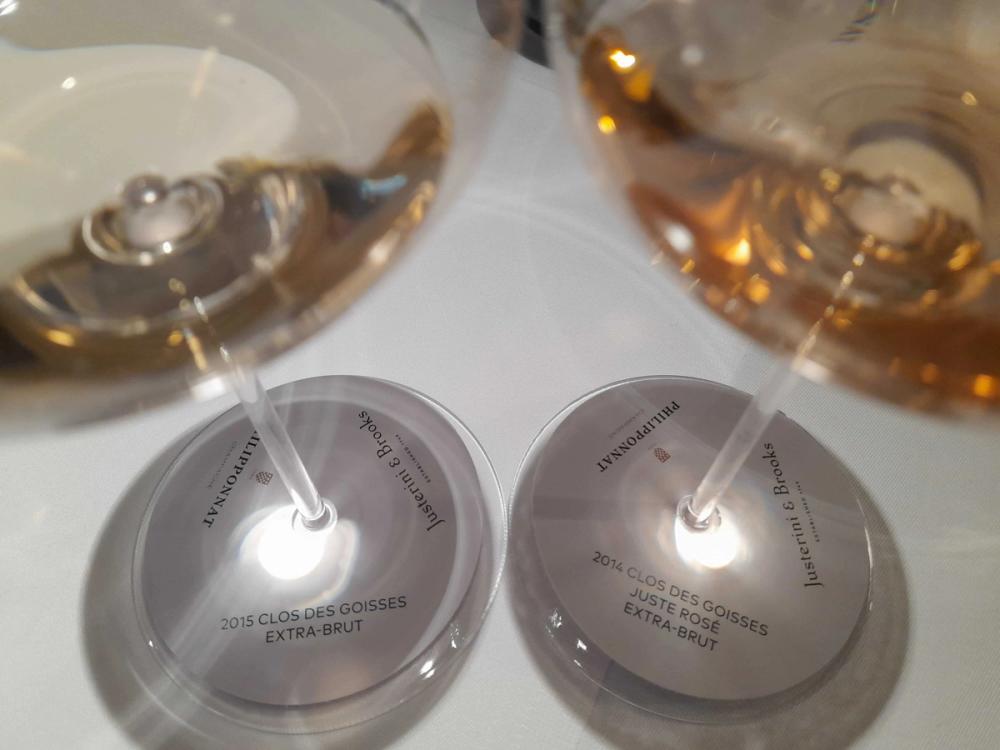
2015, of course, was not easy in Champagne, being marked by both drought and heat. Some 2015 wines are not as taut, as brilliant in aromatics as we would wish, but Pinot Noir fared better than Chardonnay in that year. Philiponnat – in Mareuil-sur Aÿ – is a Pinot-led house, however, that made its name with a wine from a steep, warm site that is a rounded, powerful and gastronomic Champagne and thus Charles Philipponnat is not afraid of ripeness, on the contrary, he says “we want ripeness to reach the utmost stage.”
With all 2015 wines clocking up more than 13% ABV, it is clear that he is under no illusion about the power of the 2015 wines. Grapes reached potential alcohol levels of between 11% and 12% in 2015 and Philipponnat was quick to note that Clos des Goisses grapes reached potential alcohol levels of 12.5% in the famed 1959 vintage.
While aromatics are key for him at harvest, there also was another consideration: “In 2015, it was important to reach the highest possible ripeness because there was a tendency towards astringency,” he said. This was due to the drought conditions and the resulting concentration of the grapes and, Philipponnat felt that he “needed ripeness” to balance that.
While many tried to mitigate ripeness by earlier picking, Philipponnat picked in the third week of September. “As a result, we have very generous wines with a lot of structure.” Philipponnat also noted that, as is customary at the house, malo-lactic fermentation is avoided for all wines.
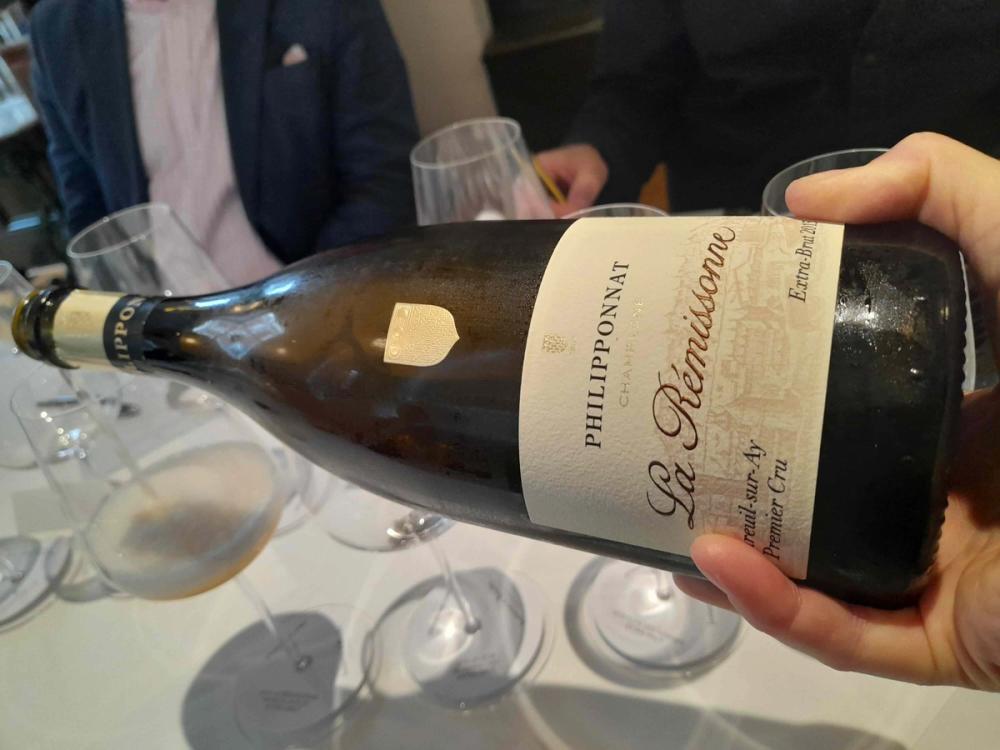
2015 La Rémissonne Extra Brut
100% Pinot Noir, disgorged March 2024 with 4.5 g/l of dosage
La Rémissonne is the site extending just above the winery in Mareuil-sur-Aÿ, facing south-southwest with more topsoil and more clay content in the chalky slope. It is only the second time that this was made into a single-parcel wine, the first time was 2009. The colour, despite this being a white wine, has a distinct pink tinge, already hinting at the ripeness and concentration of the year.
The first sniff is creaminess itself, like Genoise sponge with crème Chantilly, the second sniff reveals candied lemon zest and dark plum compote. Rounded full-fruitedness defines the palate of this voluptuous and aromatic Champagne, indeed, a sense of Kirsch is lasting and pervasive, still echoing after the creamy mousse. The fullness is held in a fine, pleasantly bitter phenolic web. A charmer right from the go and immensely gastronomic.
2015 Le Léon Extra Brut
100% Pinot Noir, disgorged March 2024 with 4.25 g/l of dosage
The Le Léon parcel in Aÿ, a much chalkier site with little topsoil, has been in the Philipponnat family since 1522. Again, a slight pink tinge speaks of ripeness. Crumbly biscuit on the nose comes with a serene touch of candied orange peel and a lift of hay, almost of hayflowers. Everything promises richness. The palate delivers with juicy plum that has an exquisitely salty-bitter edge of fine phenolics. The mousse swirls the generous fruit but all comes back to this essential saltiness while those phenolics are reminiscent of the caramelised, singed edges of a plum tart. This is less flirtatious than Rémissonne but more structured and saltier.

2015 Clos des Goisses Extra Brut
78% Pinot Noir, 22% Chardonnay, disgorged March 2024 with 4.25 g/l of dosage
Warm stone and chalk suffused with dried apricot and red plum appear only slowly on the creamy nose. Distant wood smoke and candied green citrus joins in. There is no doubting the power of this wine, but rather than just pushing ripeness, the power is expressed in solidity of salty chalk, surrounded by juicy red plum and plum skins. This expands into bold juiciness only to taper into salty linearity. A really big but not a fat wine with the drive and power of a thoroughbred. The addition of Chardonnay lends sleekness to all this force. A fearless and lasting depiction of 2015.
2014 Clos des Goisses Juste Rosé Extra Brut
80% Pinot Noir, 20% Chardonnay, made with 15% of red saignée juice macerated for 24-36 hours. disgorged March 2024 with 4.5 g/l of dosage. Just 3,000 bottles were made.
Creamy plum and rose petal overtones make the first impression on the nose, more air brings immense juiciness of red apples with a backing of pepper. This comes with a superb line of freshness – probably more marked as this follows a trio of 2015s – and again it underlines pristine, juicy, creamy apple flesh and provides lovely crunch. Fine mousse heightens the notion of creaminess and adds to this gorgeous composite of richness, crispness, saltiness, perfume and sinuousness. This really has immense charm.
1999 Clos des Goisses L.V.Extra Brut
59% Pinot Noir, 41% Chardonnay, disgorged March 2024 with 4.5 g/L of dosage. Just 1,537 bottles and 60 magnums were made.
The golden wine is immediately expressive and open with an intense nose of fresh, white field mushrooms. The second sniff reveals candied orange peel, duxelles and lemon blossom followed by rich truffle hints. The palate is bright and sprightly, with gently softened mousse and a smooth, fluid nature that makes the mouth water with saltiness.

